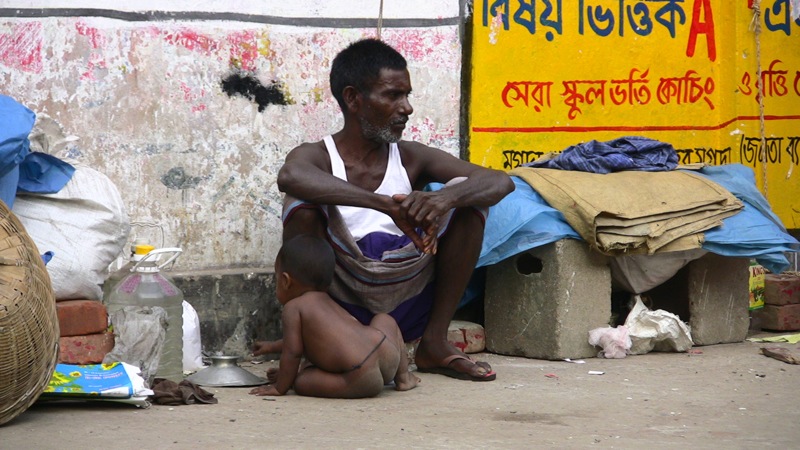Washington, October 4 (NIA): The World Bank report entitled “Poverty and Shared Prosperity” has interesting statistical data on the performance of India, Pakistan, Bangladesh, Sri Lanka and China in the field of economic and social development.
Interestingly, in the midst of all the turmoil in the country due to domestic terrorism, Pakistan is among countries where incomes of the poorest are growing faster than average.
India is placed among the countries where incomes of the poorest are growing slower than average, although ironically, it has one of the world’s fastest growing economies.
21.25 percent of Indians live at or below the World Bank’s poverty line of $1.90 a day compared to 8.3 percent in Pakistan
The poorest in Pakistan are slightly ahead of the four per cent national growth rate while China tops the list with a more than 8 percent growth rate. Sri Lanka is also in this relatively high growth category.
But 58 percent of Indians make $3.10 a day, compared to 45 percent in Pakistan.
Although the bank hopes that Bangladesh can overcome its poverty by 2030 if it continues its robust economic reforms, statistics show that 43.7 percent of Bangladeshis continue to live at or below $1.90 while 77.6 percent live at $3.10 a day.

Life expectancy
India fares marginally better than Pakistan in life expectancy, which was 68 years in India and 66.1 years in Pakistan in 2014. India has an edge in life expectancy for women too – 69.49 years versus 67.15 years for Pakistan.
But India has a clear edge in adult female literacy with 59.2 percent in 2011, while for Pakistan it was 41.9pc.
Infant mortality in India declined from 46.3 per 1000 live births in 2010 to 37.9 in 2015, while for Pakistan the comparable figures are 73.5 in 2010 and 65.8 in 2015. In this India is way ahead of Pakistan.
India is better in dealing with undernourishment as well, with 15.2 percent of its population undernourished in 2015, compared to 22 per cent in Pakistan.
The data also shows that increased schooling has led to more productive non-farm activities in Pakistan. Similarly, conditioning cash support to low income families to children’s regular school attendance at school, led to large increases in enrolment (between 11 to 13 percent) in Pakistan.
Pakistan is also among the countries where the World Bank study noticed a shift toward declining inequality between 2008 and 2013.






























































